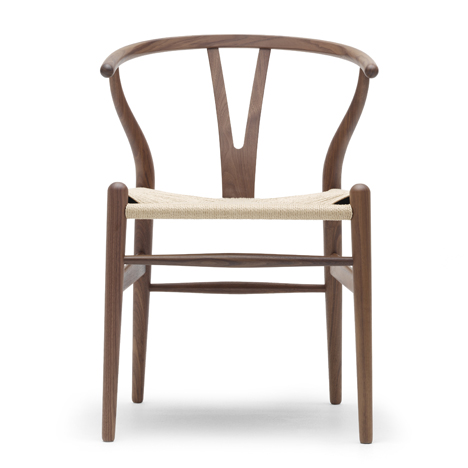
Copenhagen exhibition to celebrate "most important Danish designer" Hans J. Wegner
Furniture by prolific Danish Modernist designer Hans J. Wegner will go on display at Copenhagen's design museum next month, marking the one-hundredth anniversary of his birth.
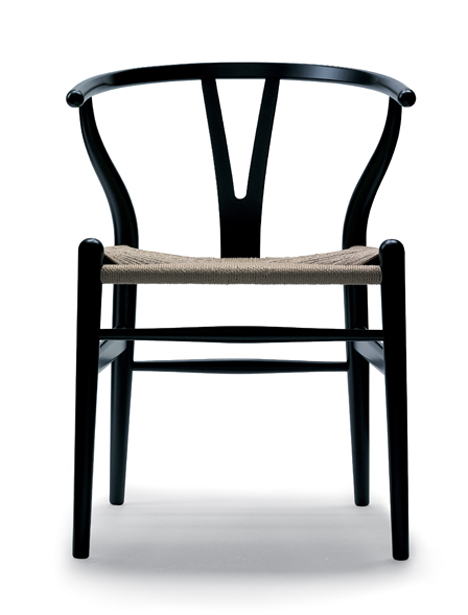
The Just One Good Chair exhibition at Designmuseum Danmark will showcase a retrospective of work by Hans J. Wegner, who designed over 1500 chairs and other furniture pieces before he passed away in 2007.
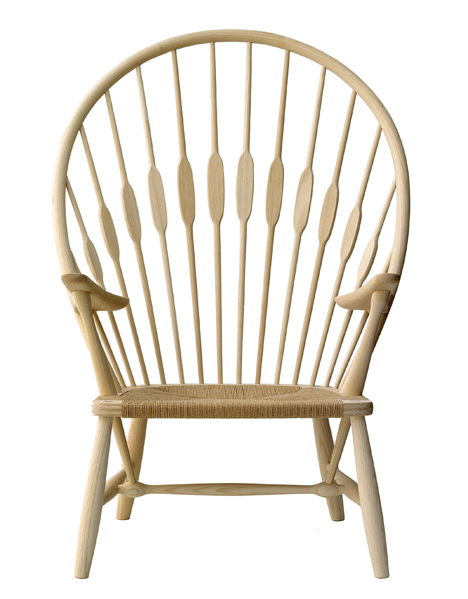
"If only you could design just one good chair in your life... But you simply cannot," Wegner was quoted saying in 1952.

The exhibition will tell the story of his life and work, using over 150 pieces of his furniture alongside drawings, photos and models.

"I'd say he's the most important Danish designer ever," the exhibition's curator Christian Holmsted Olesen told Dezeen. "The reason for that is that he developed this new organic Modernism, which became so popular especially in the US in the 1950s and 1960s."
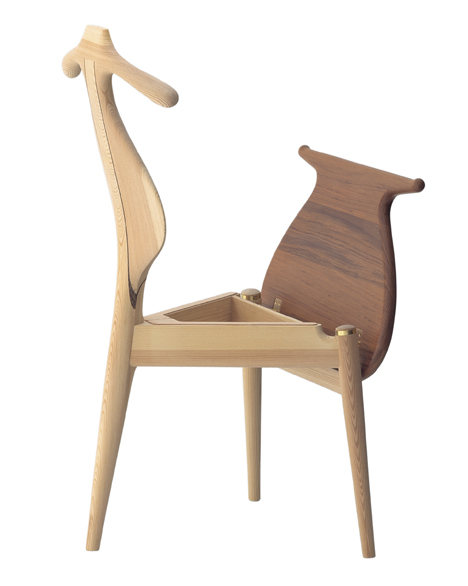
His most recognisable designs including the Wishbone Chair - named after the shape of its back support - and the bent plywood Shell Chair endured the Postmodern era, and remain as popular today as they were when they were first issued.
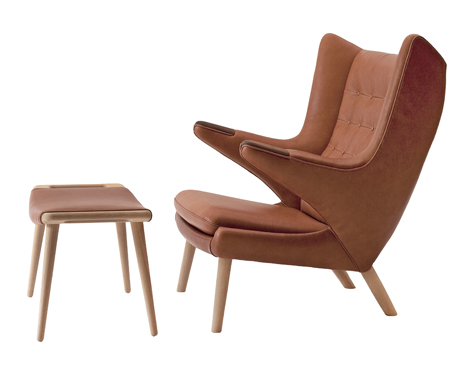
"During the 1980s the Postmodernists were criticising the Modernist design because it was boring, too rational, too anonymous," Holmsted Olesen said. "Wegner's design is never boring - it's full of fantasy, it's very poetic and it's very human in its approach. It still is very rational and everything can be explained about the way it is constructed."
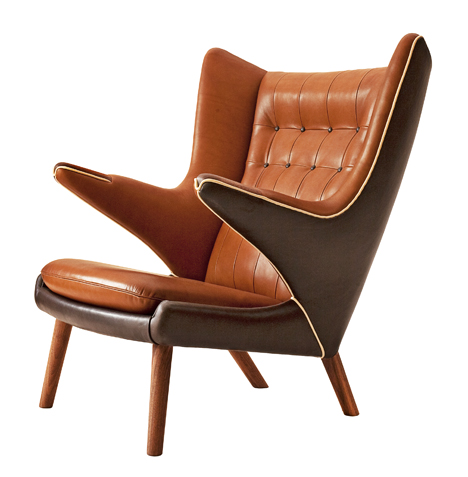
Wegner trained as a cabinet maker before studying at the Danish School of Arts and Crafts under Kaare Klint, the so-called Father of Danish Design.
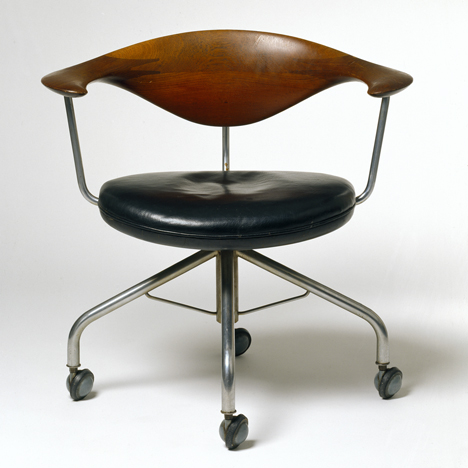
Wegner was soon commissioned to design furniture for Copenhagen brands such as Rud Rasmussen.
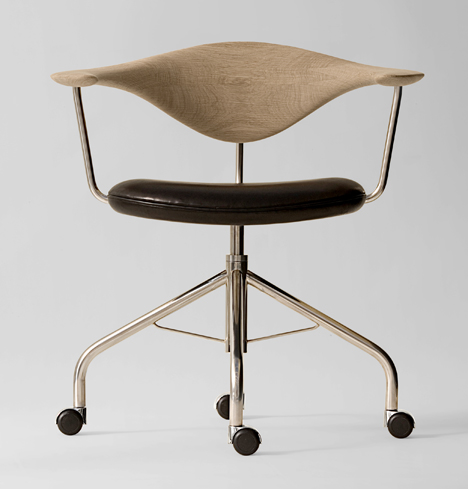
He spent hours measuring chairs from other cultures, especially Chinese, so he could prefect the shapes in his own pieces. "He was inspired by historical typologies and the idea of refining things from the past,"explained Holmsted Olesen.
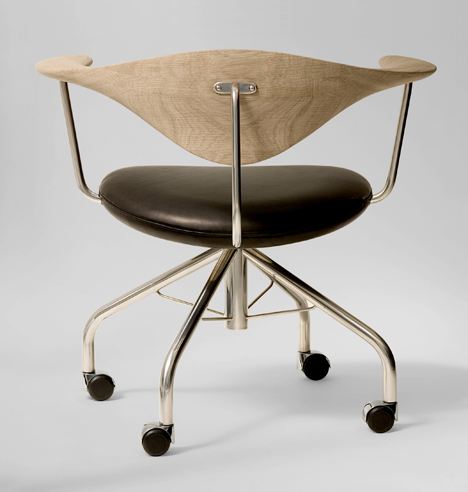
In 1949, Americans visiting an exhibition of Danish furniture that included Wegner's work saw one of his seats and named it "The Chair," as they considered it perfect.

"Everyone had given up on craft all over the world and in the US there was a craft revival just after the Second World War, because everyone had seen what disaster the industrial development had created," said Holmsted Olesen.
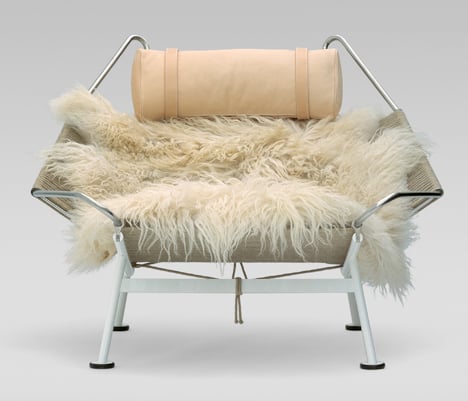
"Denmark really had something good at that time to present to the whole world and Hans Wenger was very good at designing in these organic forms," he continued. "The international modernist movement, which came from Central Europe and the Bauhaus, had developed into more organic forms in architecture. But there was very little organic furniture design and he was one of the only designers doing this, so that's why he came so popular in the 1950s and 1960s."
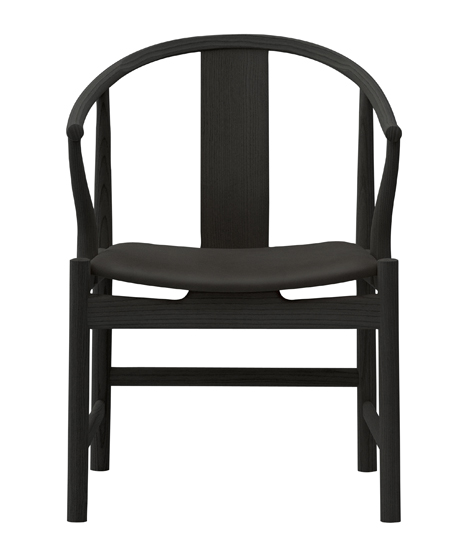
The exhibition will also include prototypes that are previously undisplayed, such a lounge chair that Wegner kept in his own home and was used solely by his wife.
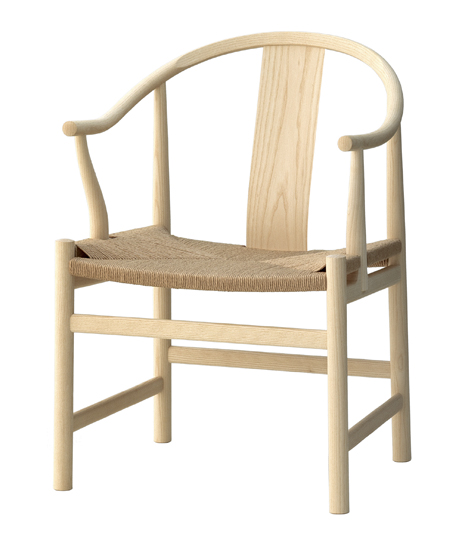
Wegner's furniture is currently produced by three Danish firms - Carl Hansen & Son, PP Mobler and Fritz Hansen - using the same traditional craft techniques as in the 1950s and 1960s.
Carl Hansen & Son recently began producing the CH88 chair, first designed by Wegner in 1955, and adopted the logo he designed for the company in 1950.
The exhibition opens on 3 April and will continue until 2 November.
Here's some more text sent to us by the museum:
Wegner - Just One Good Chair
Designmuseum Danmark marks the 100-year anniversary of Hans J. Wegner's birth with a large exhibition, opening 3 April 2014.
"If only you could design just one good chair in your life . . . But you simply cannot" - Hans J. Wegner, 1952.
Hans J. Wegner (1914-2007) was one of history's most prolific designers. In 1949 he created the design that the Americans called The Chair. The perfect chair – but he continued designing new ones nonetheless, producing a total of over 500. He was referred to as The King of Chairs – or just the Chair Maker. His furniture paved the way for Danish Design's international breakthrough in the years after World War II, and he was to become a leading figure in Organic Modernism.
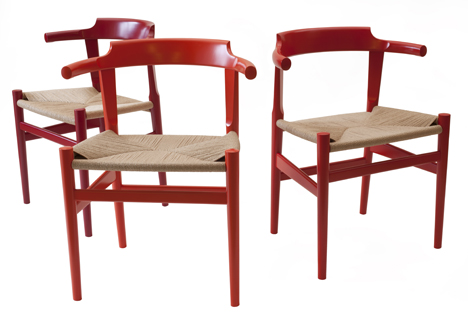
A poetic take on modernism
Wegner's work always took its starting point in craftsmanship, and he produced nearly all of his own prototypes in the workshop. His life is best understood as an enduring mission to understand the logic and the potential of wood. He showed the modern world that the old virtues of craftsmanship, such as sensuality, beautiful detailing and the use of natural materials, also have a place in the modern industrialised world. Wegner's approach to design was neither retrospective nor romantic, but his furniture was nevertheless full of poetry – which is why his designs, despite the fact that they are wholly rational and grounded in functionality, have remained popular right up to the present day, even escaping criticism from the postmodernists. In our late postmodern times, Wegner in many ways represents a more human route into modernism.
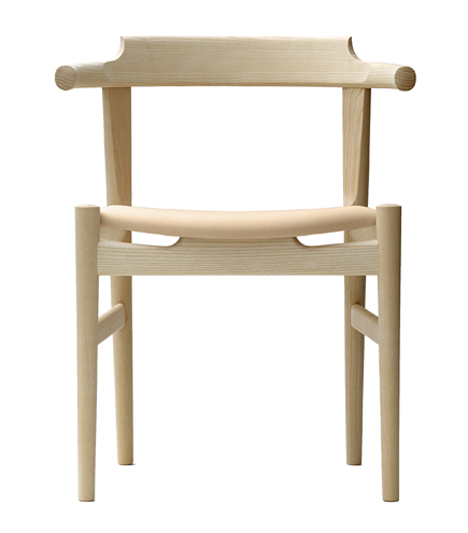
A cornerstone in Danish design
The exhibition tells the story of Wegner's life and career, showing more than 150 of his major original works from the time, drawings, photos and models, exploring Wegner's working methods and vast oeuvre. It is also possible to try out and touch over 50 newly produced Wegner-pieces in the exhibition. Along with film and furniture, by some of his contemporaries, like Charles & Ray Eames, Finn Juhl, Arne Jacobsen and Mies van der Rohe, the exhibition shows how the finest wooden furniture is made.
Wegner's work was the product of the Danish Furniture School - while also representing a break with it because of his free, artistic mode of expression. Founded by Professor Kaare Klint in the 1920s, The Danish Furniture School set out to build on traditions. Historic furniture from different cultures and eras, from Designmuseum Danmarks’s collection, was studied, refined, and adapted to contemporary needs. A hallmark of Danish design is the desire to perfect the very best work found in other cultures and eras. The history of Danish design is like the history of Danish politics – defined not by revolution, but by evolution. This pragmatic, humanistic and democratic thinking is seen throughout every aspect of Danish society, and it is in this context that the characteristically clean lines of Danish products should be understood.
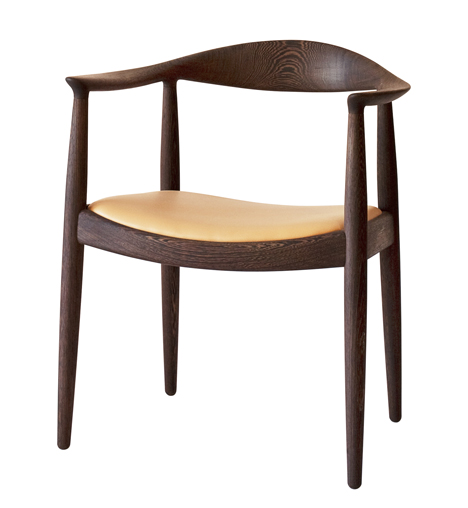
Traditionalist and modernist
Wegner worked his whole life towards improving old Chinese and English chairs, along with new, modernist furniture; and towards simplifying and beautifying them, in order to enhance their artistic expression, while also making them more suitable for industrial or mass production. The majority of his most ground-breaking ideas were presented at the annual Joiners’ Guild Exhibition at the Designmuseum Denmark. It’s at these exhibitions that Americans came to see the quality of Danish furniture art, and began to write about it. What was special about Wegner, as a Danish designer, was his ability to develop classic design ideals into something completely new, often finding inspiration in centuries-old handcrafts. With his organic shapes, inspired by ancient tools such as axe-handles and oars, Wegner made his impact on the artistic movement of the time: Organic Modernism.
The exhibition tells the story of how and why Wegner and Danish design made such an impression in the 1950s throughout America and the rest of the world. What makes Danish design special in relation to German, American and Italian design, for instance? And why is Danish design, and Wegner’s in particular, so popular in Asia today, serving as a model for so many of the greatest designers of our time – such as Jasper Morrison, Naoto Fukasawa, Tadeo Ando and Konstantin Grcic. The exhibition shows not only Wegner’s work, but also some of the most significant post-war Danish and international designers; works of historical inspiration from the Designmuseum Danmark’s collection; and also current international work, inspired by Danish design.
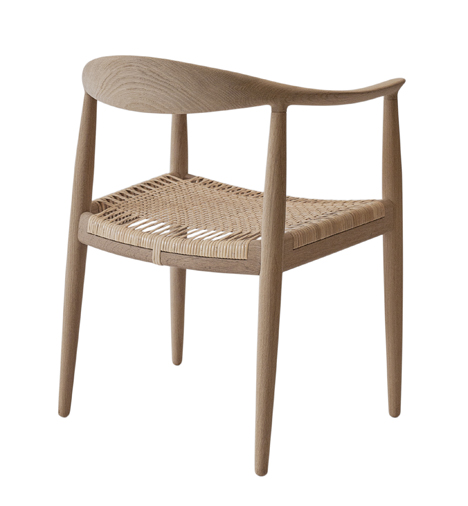
The exhibition is shown from the 3 April 2014 to 2 November 2014 and is accompanied by a richly illustrated book on Wegner's work, published in Danish by Strandberg Publishing and in English and German by Hatje Cantz Verlag.
The museum, Kunstmuseet i Tønder, also celebrates Hans J. Wegner with an exhibition. For more information please go go: museum-sonderjylland.dk.